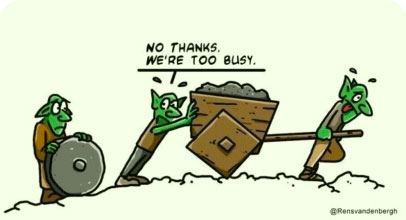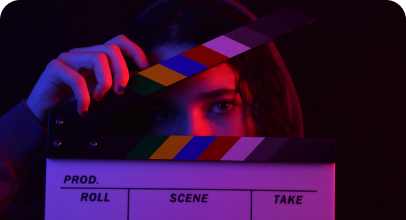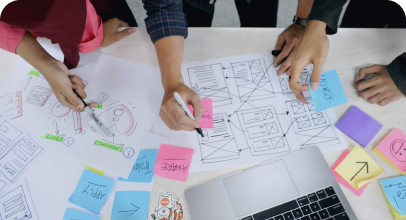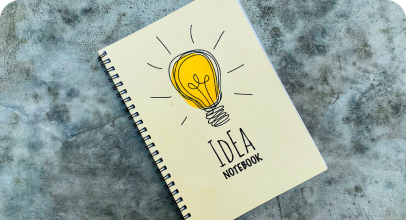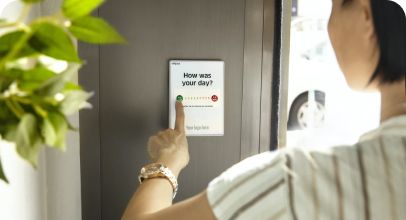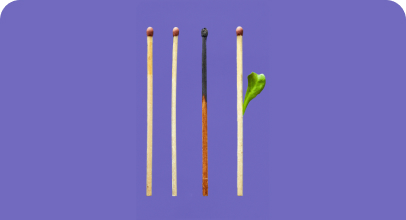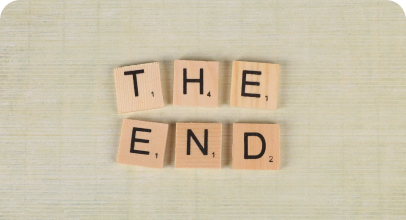
The term retrospective itself is often referred to as “looking back or dealing with past events and situations”, which align well with what a Retrospective in Agile project management is. Retrospective is an opportunity for a Scrum team not only to discuss what happened during the previous Sprint but also to reflect on how to become more efficient and celebrate team wins. The Scrum team analyses how they performed and brainstorms dozens of different ideas for improvement.
Sprint Retrospective is recognised as one of the most fundamental activities in Scrum, because no matter how good a Scrum team is, there is always room for growth. By putting heads together a team dwells on what worked, what didn’t and why. As a result they come up with a plan of changes to be implemented during the next Sprint.
What is the purpose of Retrospective?
Constant self-evaluation is an ongoing process of growth from Sprint to Sprint. By giving a team a leading role in evaluating progress, Scrum Retrospective reinforces team’s ownership of the project. It provides an opportunity to initiate change or share their views for improvement and to see the outcome.
During Agile Retrospectives team’s hard work and efforts are also acknowledged by peers, it builds trust among the team members and enhances the team spirit. Team morale and performance also improve when receiving peer to peer appreciation.
What do you need for Retrospective?
For an effective Sprint Retrospective attendance of all the development team members, the Scrum Master, and the Product Owner is a must. Any other colleagues, whose contribution was big during the past Sprint, might join as well. Understanding of the purpose of Retrospective from all attendants is the key.
For the in-person Retrospective you require:
- a meeting space to gather participants
- sticky notes to write down all the ideas
- a whiteboard to place stickies according to their topic
- timer to timebox an event (usually 60-90 min for a 2 week Sprint)
What you need for an online Retrospective if you work remotely:
- audio/video conferencing tool to be able to connect to all participants
- digital collaboration board to engage participation in real time, for example, Timbo
How often Retrospective is conducted?
Sprint Retrospective is a regular event and is held at the end of every iteration to maintain open communication with your team. Typical Retrospective designed to take place after the Sprint Review and prior to the next Sprint Planning. This way it will make sure fresh ideas and best practices will be brought forward to the next Sprint.
That is the outcome of Retrospective?
By the end of the Sprint Retrospective, the team will define changes that will be put into action during the next Sprint. These improvements will be documented and revised in the next retrospectives to check if they made a difference. The result is constant learning and searching for new ways of working to avoid default thinking patterns. Scrum Retrospective not only improves the quality of the work process, but consequently enhances the quality of the product the team works at.
Timbo: designed by Scrum Masters for Scrum Masters




